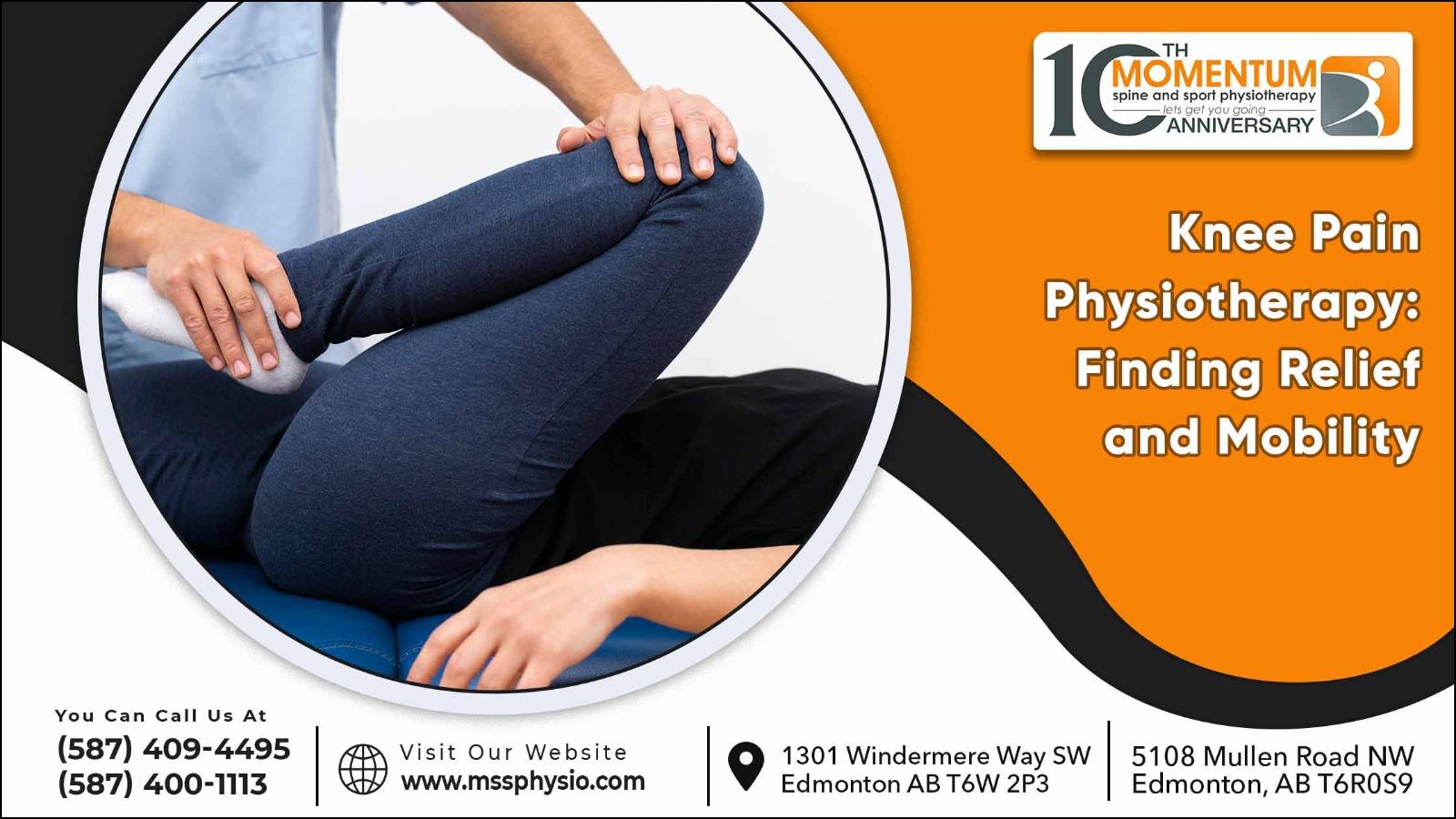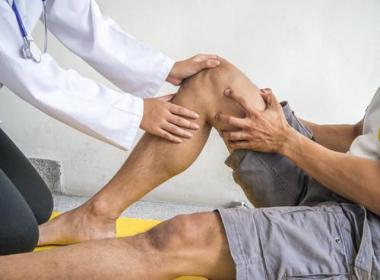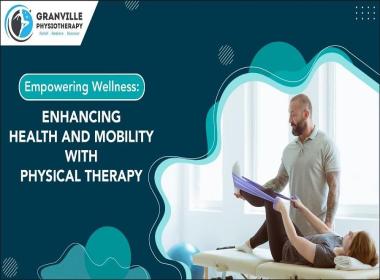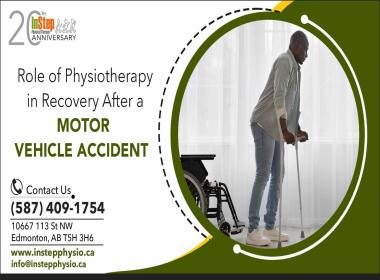Knee pain is a widespread issue impacting people of all ages. Whether due to unexpected injuries, gradual degeneration, or inherent health conditions, it's a challenge many face. However, there's light at the end of the tunnel. Knee pain physiotherapy, particularly as offered in Edmonton, stands as a promising solution for those seeking alleviation and a path back to their regular routines. With establishments like Momentum Physiotherapy paving the way, more and more people are reclaiming their mobility and saying goodbye to persistent pain.
Understanding the Knee's Anatomy and Common Injuries
The knee is one of the most complex and heavily burdened joints in the human body. It is comprised of the femur (thigh bone), tibia (shinbone), and patella (kneecap) and is held together by crucial ligaments like the ACL, PCL, MCL, and LCL. Menisci are cartilaginous structures that act as shock absorbers. Injuries can range from ligament tears and meniscal damage to conditions like patellofemoral pain syndrome or a runner's knee.
Reasons Behind Knee Pain
Knee pain isn't solely a result of injury. While acute injuries like sprains, strains, and ligament tears are common culprits, chronic conditions like osteoarthritis, tendinitis, bursitis, and even infections can also be at the root. Other factors might include poor alignment, overuse, or even referred pain from hip or foot problems.
Anatomy of Pain: Differentiating Between Acute and Chronic Knee Pain
Knee pain can either come suddenly or develop over time. Acute knee pain usually stems from a sudden injury, like a twist, fall, or direct blow. The pain from such incidents is sharp and can be intense, but it generally diminishes as the affected area recovers. Common examples include sprains, strains, and fractures.
On the other hand, chronic knee pain persists for more than three months and is often the outcome of longstanding issues or repeated injuries. Osteoarthritis, a degenerative joint disease where the cushioning cartilage degrades over time, is a leading cause of chronic knee pain. Other conditions like tendonitis, bursitis, and certain types of inflammatory arthritis can also contribute to prolonged discomfort. Chronic pain tends to be more intricate in nature and typically necessitates a comprehensive approach to care.
Initial Steps Towards Management
Before diving into rigorous treatments, it's crucial to diagnose the source of the pain accurately. This might involve physical examinations, imaging tests, and gauging the patient's history of symptoms.
Rest, Ice, Compression, and Elevation (RICE), a staple first-aid treatment, and over-the-counter pain relievers might help, but it's crucial to consult a professional first. Avoiding activities that exacerbate pain and wearing knee supports can also provide temporary relief.
The Power of Knee Pain Physiotherapy
Physiotherapy plays an instrumental role in both the recovery and prevention of knee issues. Techniques used can improve mobility, strengthen surrounding muscles, and restore function. From manual therapy and targeted exercises to modalities like ultrasound or electrical stimulation, knee pain physiotherapy offers comprehensive solutions for diverse knee ailments.
What to Expect During a Physio Session
A typical knee pain physiotherapy Edmonton session begins with an assessment, followed by a tailor-made regimen. This might involve manual manipulation, exercises, or even machine-aided therapies, strengthening exercises, flexibility routines, or pain-relief strategies. Patient education is also emphasized, arming individuals with knowledge to prevent future recurrences. The focus is always on gradual improvement, ensuring no undue strain is placed on the knee.
Post-therapy care and Lifestyle Modifications
Recovery doesn't end with therapy. Implementing advised exercises at home, making dietary changes, and using ergonomic supports can enhance healing. Avoiding high-impact activities until full recovery and maintaining a healthy weight can prevent recurrent issues.
The foundation of our body, our feet, plays a pivotal role in knee health. Wearing the right footwear can make a difference in providing the needed support and alignment for the knees. Regular check-ins can also ensure that the knee remains in optimal health.
Staying Mobile: Exercises to Incorporate into Daily Routines for Optimal Knee Health
Consistency is important when it comes to maintaining knee health. Here are some exercises that can be easily incorporated into daily routines to ensure optimal knee function:
- Leg Raises: Lying flat on your back, raise one leg while keeping the other straight on the ground. This strengthens the quadriceps without putting pressure on the knee.
- Hamstring Curls: While standing, try to bring your heel to your buttocks by bending the knee. This can be done with the help of a chair for balance.
- Wall Squats: Lean back against a wall and slide down to a squatting position, ensuring your knees don't go past your toes.
- Calf Raises: Elevate your heels off the ground while standing, strengthening the muscles that support the knee.
- Low-impact Cardio: Activities like swimming, walking, or using a stationary bike can help maintain cardiovascular health without straining the knees.
A Leap Towards Pain-Free Movement
In the journey of tackling knee pain, physiotherapy stands out as a reliable ally. Establishments like Momentum Physiotherapy in Edmonton have showcased the transformative power of expert-led therapy sessions. For those grappling with knee issues, the path to relief and renewed mobility is clear: physiotherapy is the answer.
Also read about:
Unlocking the Power of Physiotherapy in Motor Vehicle Accident Recovery
When Lifestyle Affects Pelvic Health Insights and Solutions
How to Choose the Right Physiotherapist for Your MVA Recovery Journey







